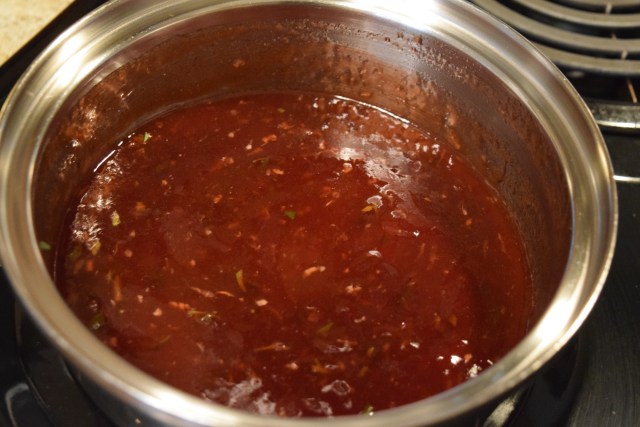One of the classic meals that we had while we were in Romania were cabbage rolls. We knew that we wouldn’t be able to recreate them exactly as we had them, so we decided to go with a little different take on our attempt. We found the cabbage rolls in Romania to be a little dry and not particularly flavorful, so we wanted ours to be moist. This recipe is closer to the cabbage rolls that we had as children and we found them to be very tasty. Cabbage rolls may not be the most photogenic of meals to prepare, but it doesn’t always have to look good to taste good.


INGREDIENTS
- 1/2 lb Lean Ground Beef
- 1 Small Cabbage Head
- 1/2 cup Cooked White Rice
- 1 tbsp Onion – finely chopped
- 1 Egg – lightly beaten
- 1 tsp Salt
- 1/4 tsp Garlic Powder
- 1/4 tsp Ground Black Pepper
- 2 tbsp Vegetable Oil
- 1 can Tomato Sauce – 8 Oz
- 1/3 cup ketchup
- 2 tsp Brown Sugar
- 2 tsp White Vinegar
- 1/8 tsp Salt
- 1/8 tsp Ground Black Pepper
- 1/4 cup Mozzarella Cheese – shredded (Optional)

INSTRUCTIONS
Remove the core of the cabbage and place the cabbage in a large saucepan filled with water. Bring the water to a boil and begin removing the cabbage leaves as they become soft and translucent, approximately 10 – 15 minutes. Separate the leaves and set aside to cool. Add the oil to a medium saucepan and heat to medium-high. Add the onion and sauté for about 3 to 4 minutes until soft and then add the ground beef, garlic powder, and salt and pepper. Cook until the ground beef is browned and then add the rice and set aside to cool. In a medium sauce pan, combine the tomato sauce, ketchup, brown sugar, vinegar, remaining salt and pepper, and heat over medium heat for about 5 minutes. Stir the beaten egg into the cooled meat mixture and then spoon 2 to 3 tablespoons of the mixture into each cabbage leaf. Roll the cabbage leaf like a burrito, tucking in the sides as you roll. Place the cabbage rolls into a baking dish and the spoon the tomato sauce over top of the cabbage rolls. If using cheese, sprinkle over top of sauce and cabbage rolls. Place the baking dish, uncovered, into an oven that has been preheated to 350 degrees. Bake for an hour or until the sauce is bubbly and hot.























